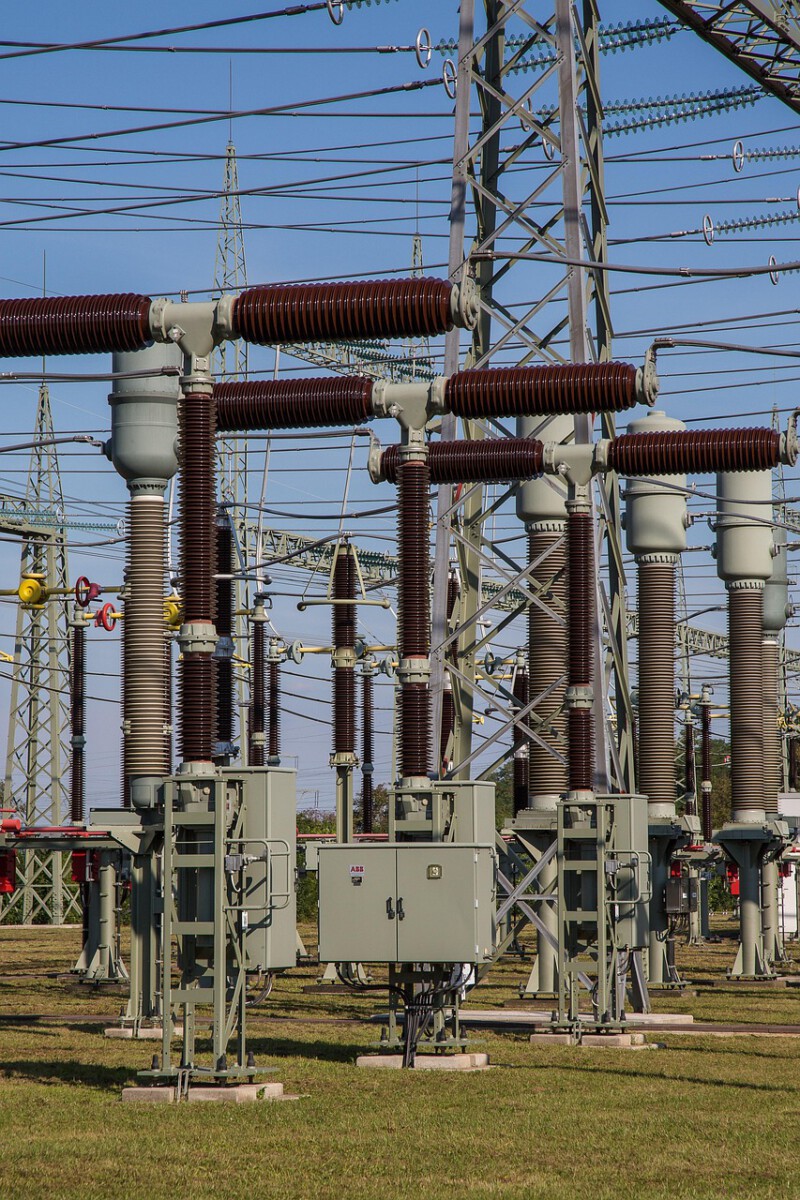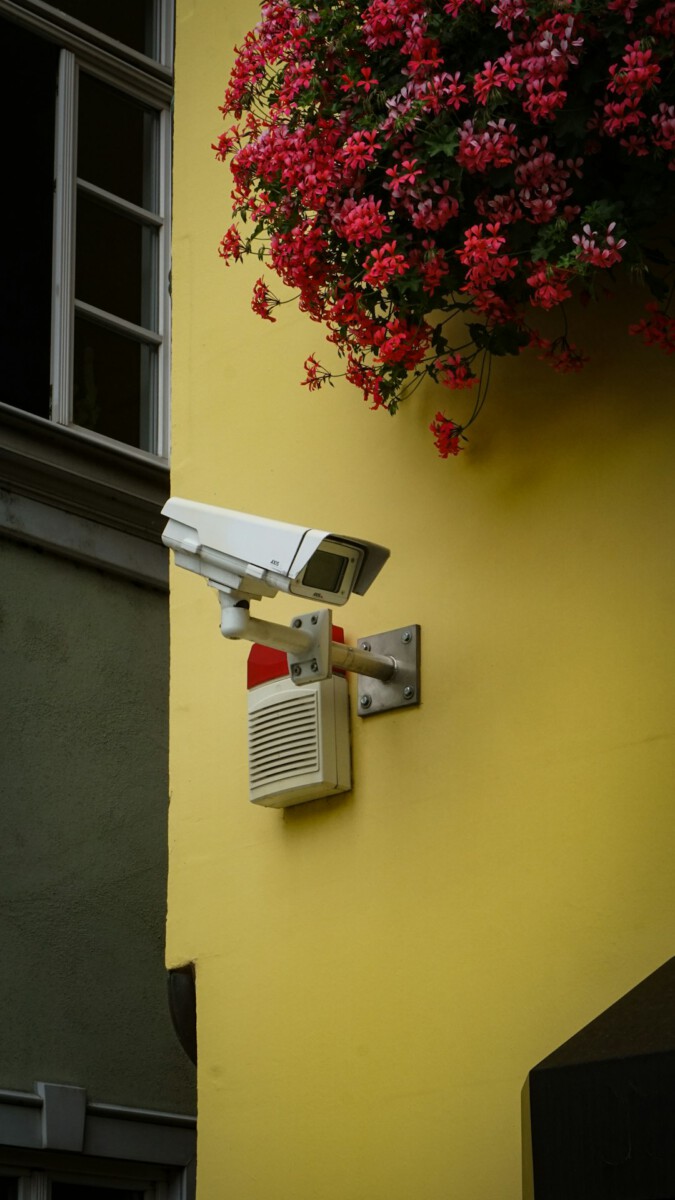A 70-Year-Old System Running on Borrowed Time
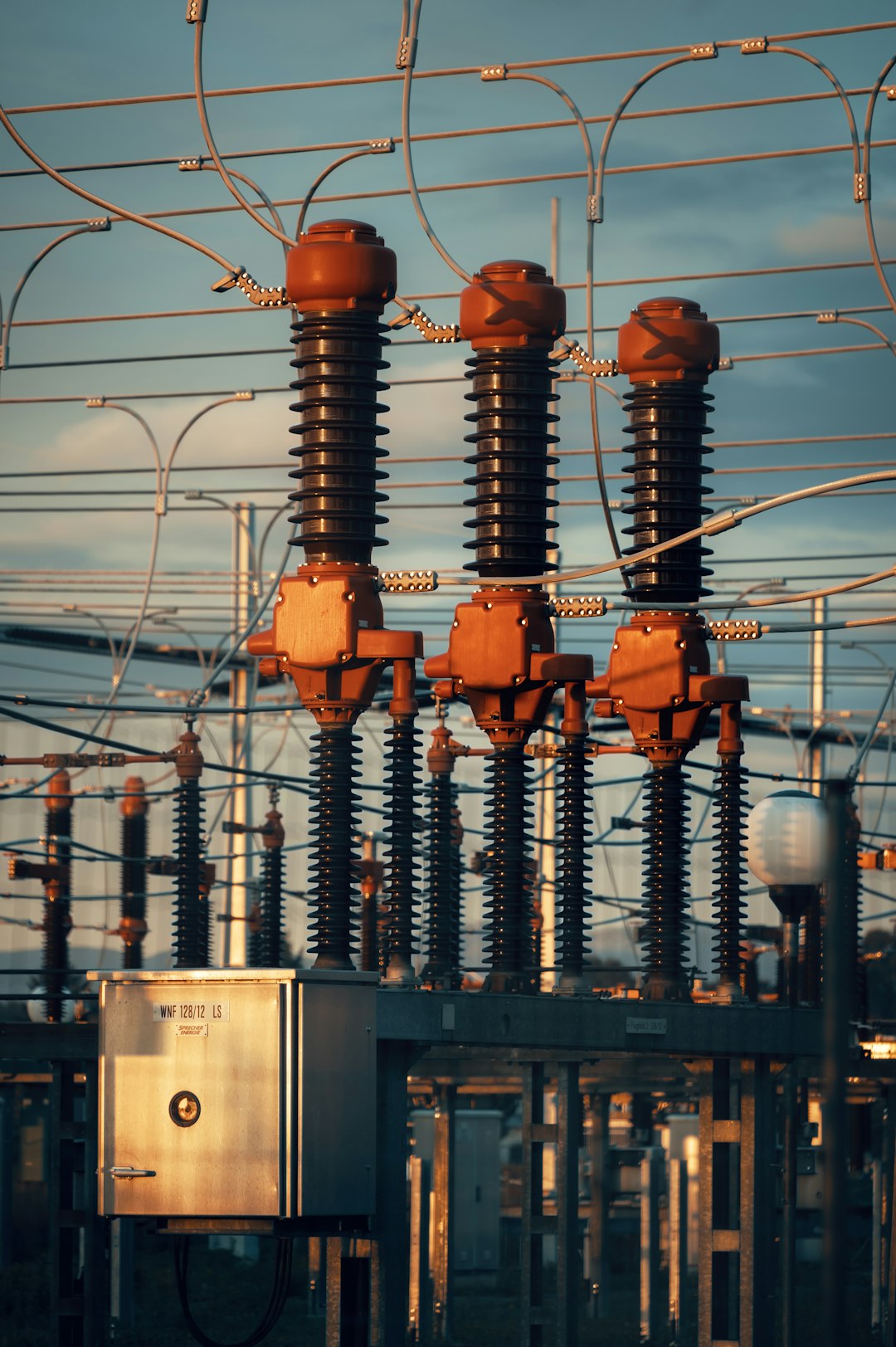
Did you know that much of the U.S. electric grid was built in the 1960s and 1970s, while the system has been improved with automation and some emerging technologies, our aging infrastructure is struggling to meet our modern electricity needs? Picture trying to run the latest video game on a computer from the 1980s – that’s essentially what we’re asking our power grid to do every single day. As of 2023, 70% of lines and transformers deployed on the grid were over 25 years old, and it’s starting to show. The numbers are staggering and honestly pretty scary when you think about how much we depend on electricity for literally everything. 70 percent of transmission lines are over 25 years old and approaching the end of their typical 50–80-year lifecycle. We’re basically driving a car that’s way past its warranty period, hoping it doesn’t break down on the highway.
When the Lights Go Out More Often Than Ever
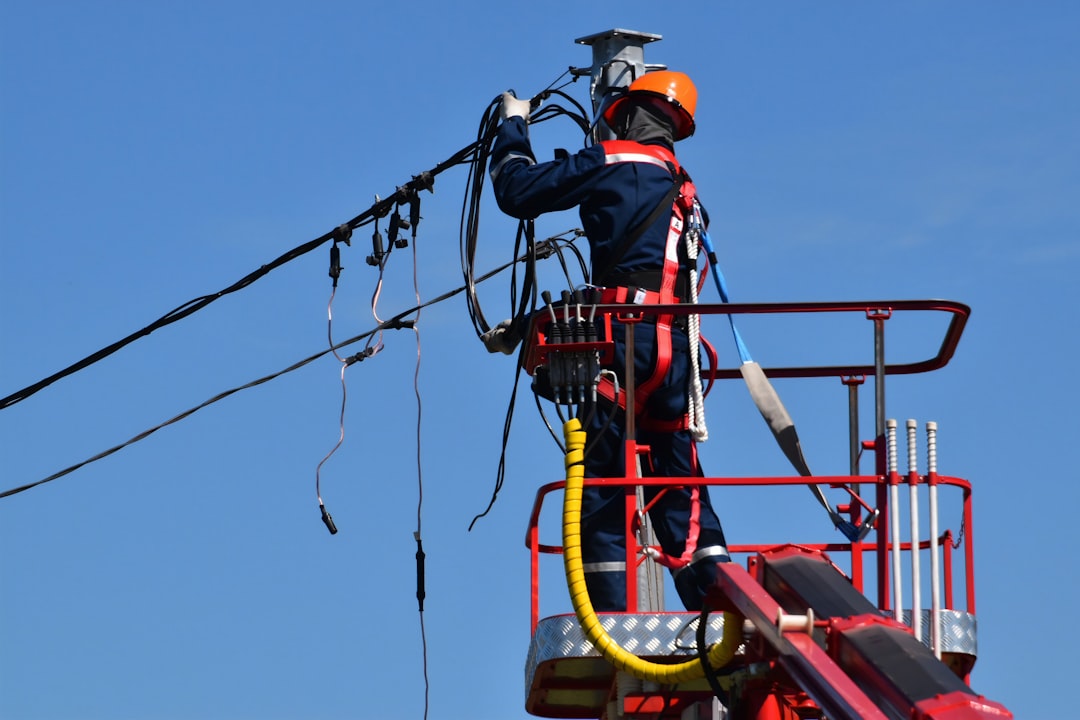
From the 1950s to the ’80s, significant power outages averaged fewer than five per year, but that’s changed – in 2007, there were 76, in 2011, more than 300. That dramatic increase isn’t just a coincidence – it’s a warning sign that our grid is cracking under pressure. Data from the US Department of Energy shows that there was a 64% increase in major outages – defined as affecting 50,000 customers or more – in the 2011-2021 period, as compared to 2000-2010. Even worse, from 2013 to 2021, the average duration of a power outage more than doubled, from about 3.5 hours to more than 7 hours. It’s like watching your phone battery drain faster and last shorter with each passing year. In 2021, U.S. electricity customers were without power for slightly longer than seven hours on average, with more than five of those seven hours during what the EIA calls “major events,” including snowstorms, hurricanes, and wildfires.
Weather Is Getting Wilder, Grid Is Getting Older
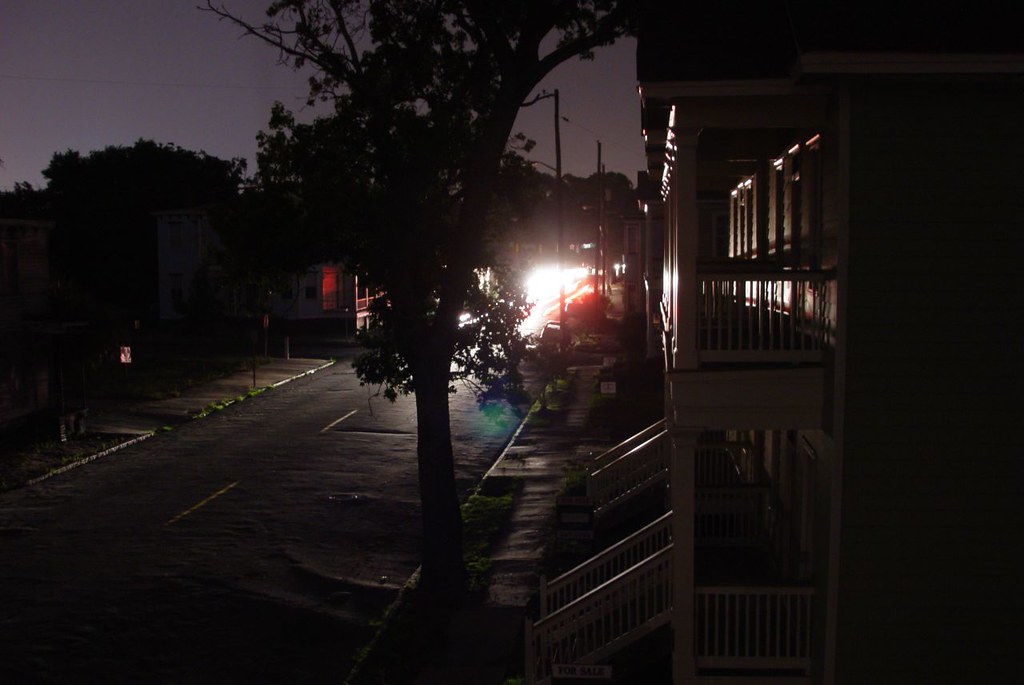
Climate change isn’t just making weather more extreme – it’s turning our aging power grid into a sitting duck. From 2000 to 2023, about 80% of major power outages in the U.S. were due to weather events, and the number of such outages in the last decade (2014-2023) was double that of the first decade of the century. Think of it like this: if your roof was already leaking, would you want to face a Category 5 hurricane? As the weather gets wilder, the grid gets older – the U.S. Department of Energy found that 70% of U.S. transmission lines are more than 25 years old, and lines typically have a 50 year lifespan. Electricity is mostly transmitted and distributed through above-ground transformers, transmission wires, and utility poles that are exposed to extreme weather such as high winds, heavy rain, ice, lightning, and extreme heat – even in areas where power lines are buried, flooding can lead to loss of power.
Texas Freezes, People Die
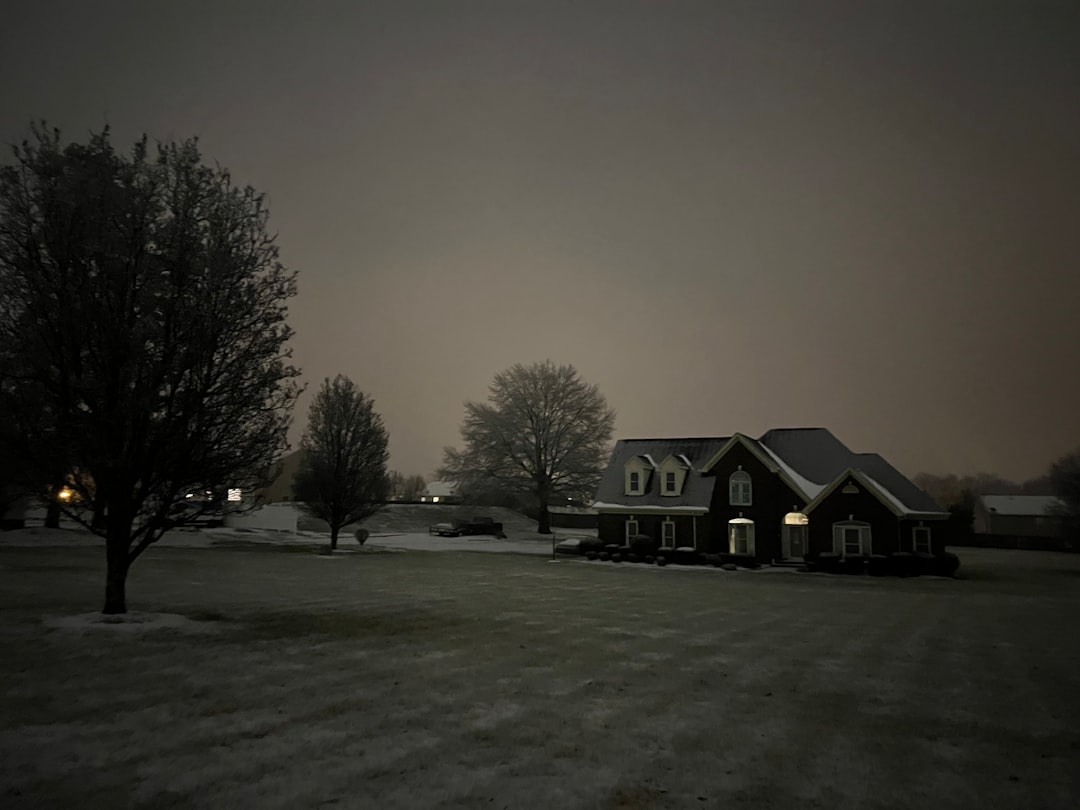
Two winters ago, a deadly storm crippled Texas, with the ice storm hammering the electric grid, leaving hundreds of thousands of citizens without power, freezing in the cold – the Texas Department of Health and Human Services put the death toll at 246. That’s not just statistics – those were real people who died because they couldn’t keep warm. About two-thirds of the deaths were due to hypothermia, with American citizens dying because they didn’t have power. A report by Energy Innovation found that “fossil-intensive grids cannot provide consistent resilience against climate risks they are simultaneously exacerbating,” and when unseasonably cold weather knocked out power infrastructure in Texas and led energy demand to exceed available fossil fuel energy supply, the resulting mass power outages led to nearly 250 deaths. The irony is heartbreaking – we’re using fossil fuels that make climate change worse, which then destroys the very infrastructure that burns those fuels.
The $150 Billion Annual Hit to America’s Economy
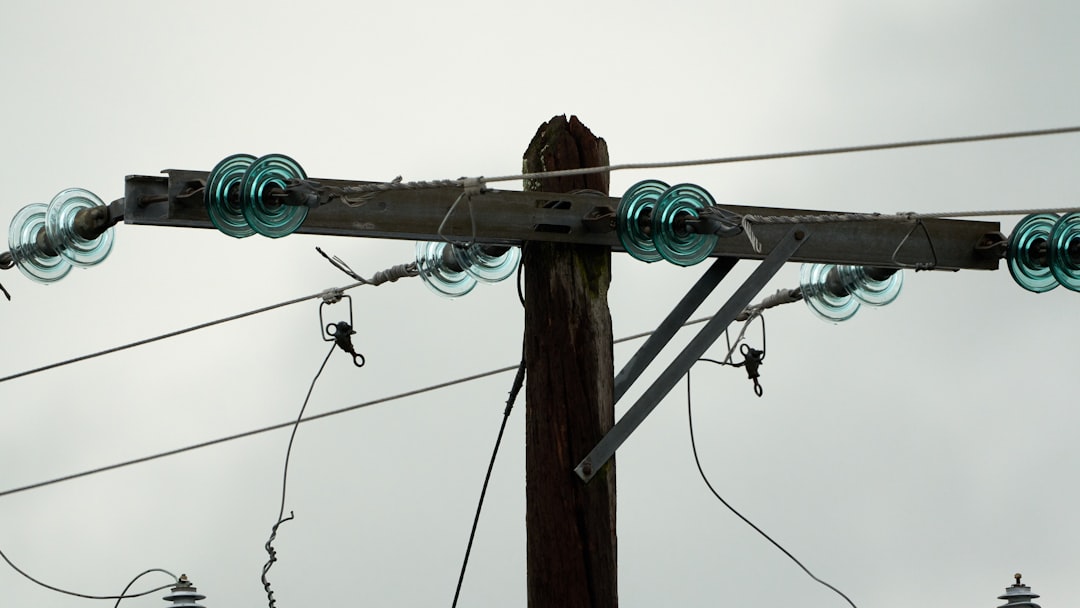
Power outages aren’t just inconvenient – they’re financially devastating. The DOE estimates that outages cost American businesses $150 billion per year, which is more than the GDP of many countries. In 2022, the United States experienced 18 extreme weather events that cost over one billion dollars each, with much of that cost coming from outages, as businesses, schools, and emergency services are shut down for hours or days. It’s like having to pay a massive tax every year just because our infrastructure can’t handle what nature throws at it. Businesses face increased price volatility, higher capacity charges to ensure electricity supply during peak periods, and replacement costs for failing energy infrastructure that they often pass on to consumers – additionally, a lack of transmission capacity to deliver the lowest-cost generation cost consumers an estimated $20.8 billion in 2022.
Cybercriminals Are Circling Like Vultures
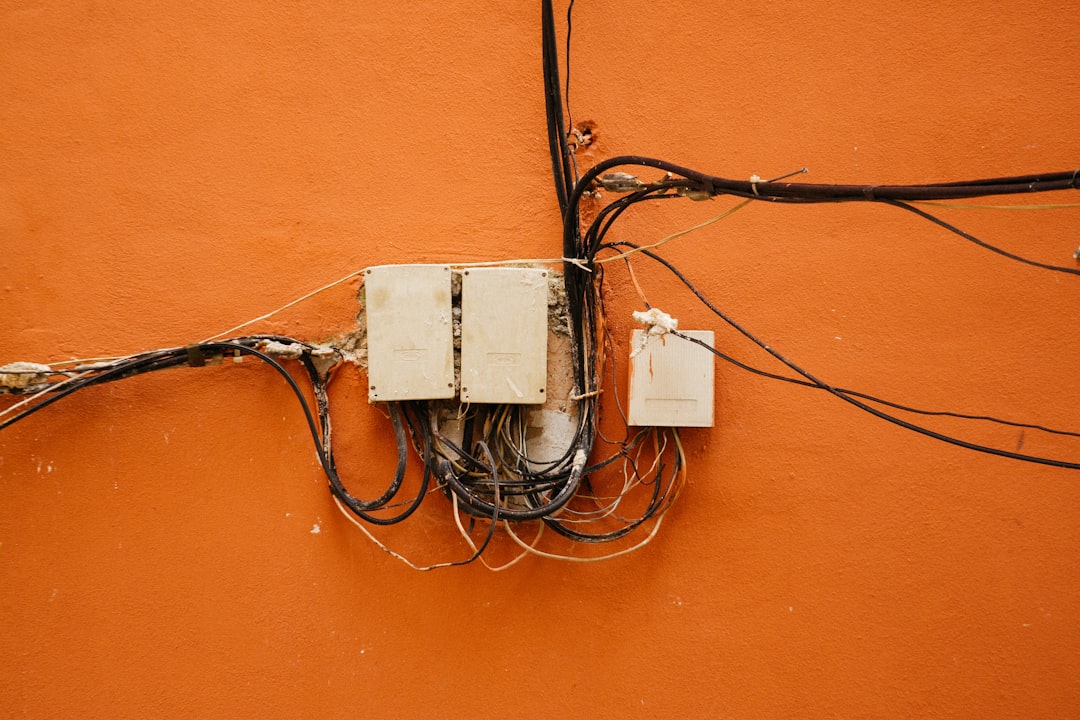
If aging infrastructure wasn’t bad enough, our power grid is now under constant cyber assault. In 2024, Check Point Research documented 1,162 cyberattacks on utilities, a 70 percent increase compared with the same period in the prior year. That’s more than three attacks per day on average! The grids’ virtual and physical weak spots, or points in software or hardware that are susceptible to cyber criminals, grew to a range of 23,000 to 24,000 last year from 21,000 to 22,000 by the end of 2022. Utilities are low-hanging fruit for cyberattacks because many of them use outdated software. Geopolitical conflict, including Russia’s invasion of Ukraine and the war in Gaza, have dramatically increased the number of cyber threats to North American power grids, with threats also commonly coming from China, and regulators expecting the upcoming U.S. presidential election to increase the probability of attacks on the grid.
Physical Attacks Skyrocket by 77 Percent
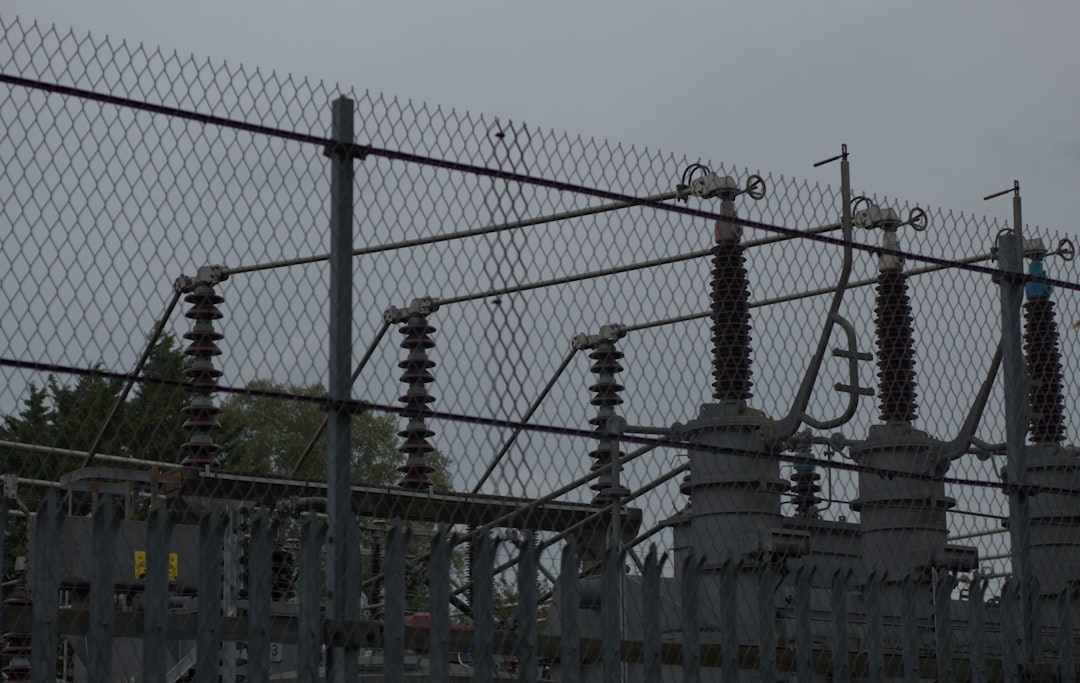
It’s not just hackers we need to worry about – people are literally shooting at our power infrastructure. The number of direct physical attacks that could threaten grid reliability rose 77% in 2022 from the previous year, according to a recent report from the U.S. Department of Energy. In 2023, the U.S. Department of Energy (DOE) reported at least 175 instances of physical attacks or threats against critical grid infrastructure, including incidences of theft and vandalism. In 2022, a sabotage on four substations in Washington on Christmas day left more than 14,000 customers without power and caused more than $3 million in damages, and the same month, two North Carolina substations were hit with gunfire, knocking out electricity to approximately 45,000 Duke Energy customers. A shooting attack in 2022 against two North Carolina substations left 45,000 people without power for four days, with the state’s medical examiner blaming the attack for the death of an 87-year-old woman whose oxygen machine failed.
Renewable Energy Stuck in Traffic Jams
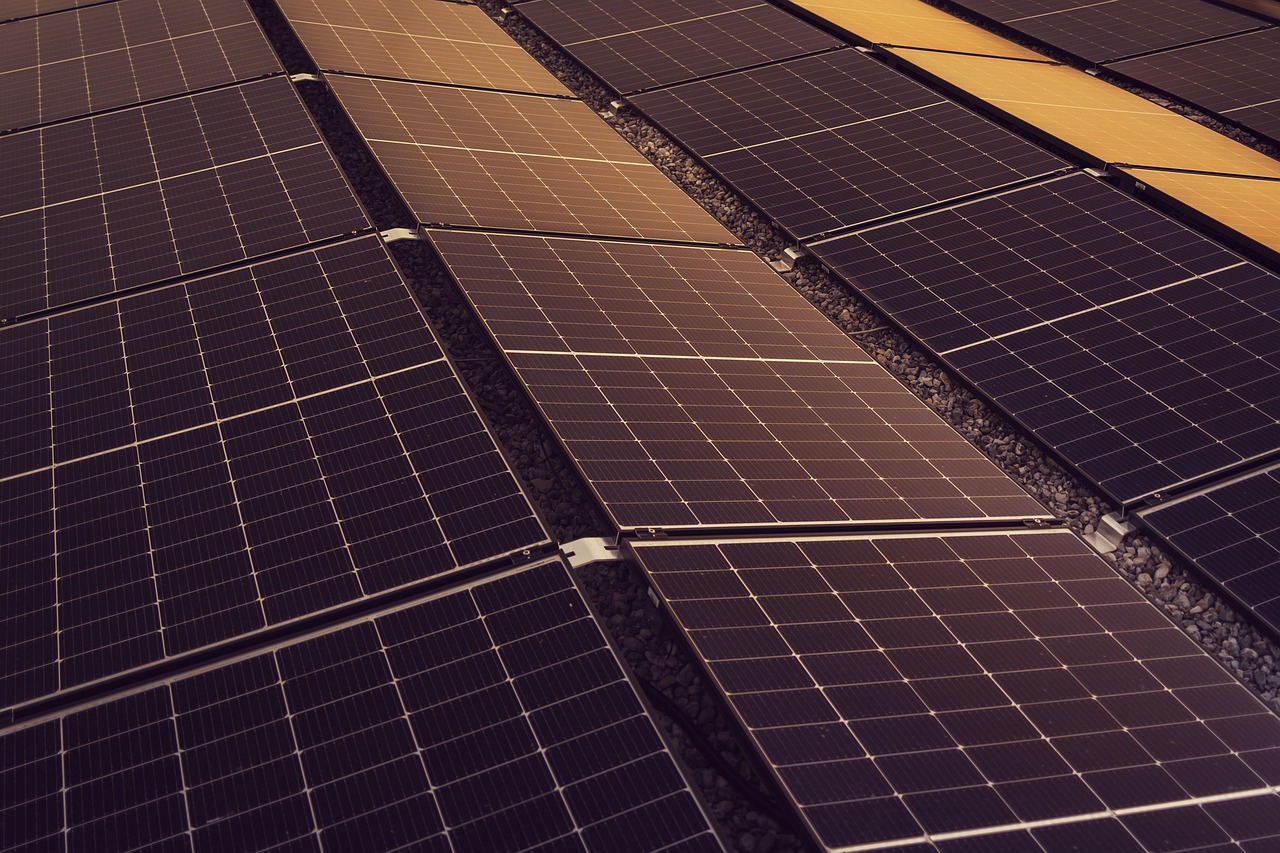
Here’s the truly frustrating part: we have tons of clean energy ready to go, but our ancient grid can’t handle it. A 2023 Berkeley Lab study concluded that the connection queue of solar and wind projects waiting to integrate into the grid totals incremental capacity of 1,250 GW, equal to the current capacity of U.S. power plants. That’s like having enough food to feed everyone but no roads to transport it to hungry people. The US currently has a major clean energy problem: There is more electricity from solar power alone waiting to get on the grid than the entire amount of energy currently on the grid. Queues for wind and solar power generation facilities to connect with the U.S. transmission system are backlogged, taking years to move from application to final agreements with power authorities.
Transformers Take Two Years to Replace
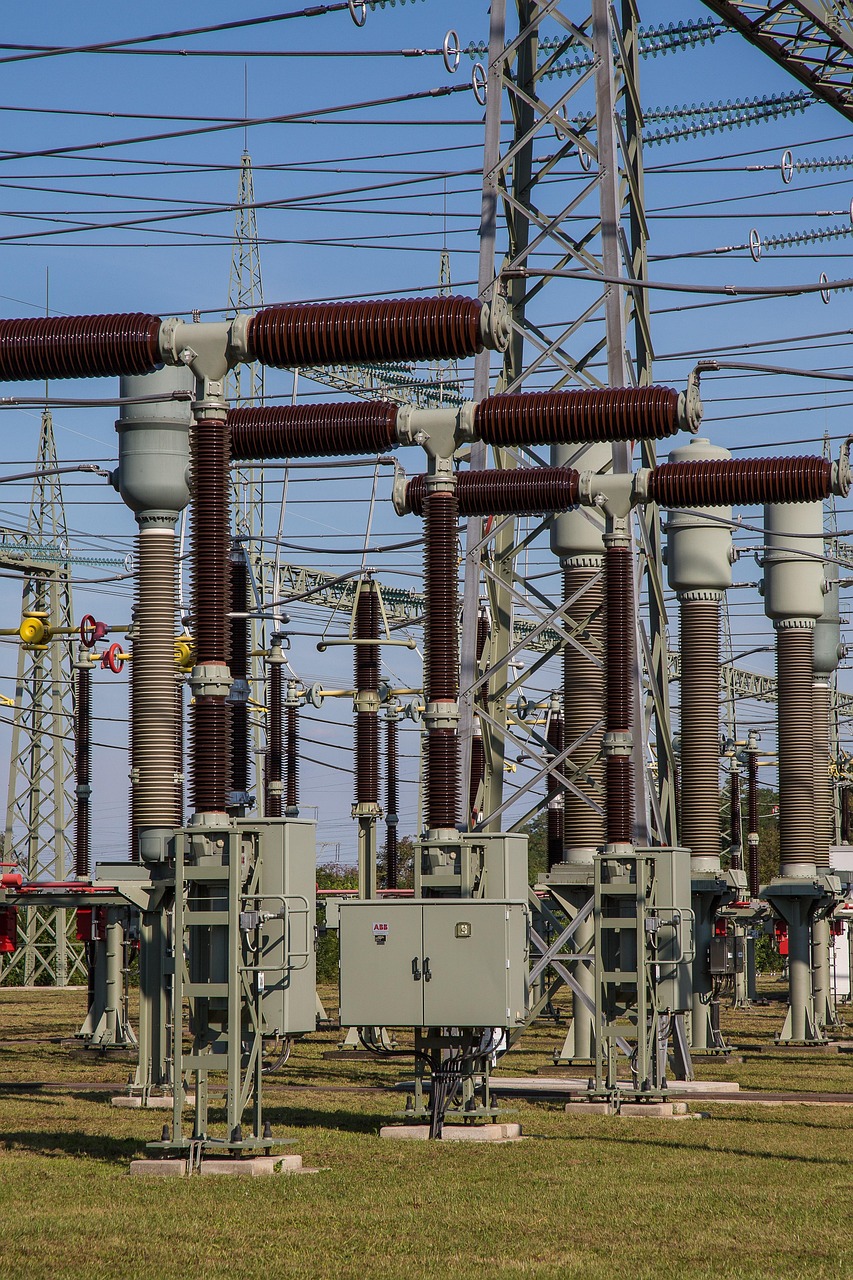
Want to know how bad the supply chain crisis has gotten for our power grid? As of June 2024, acquiring new transformers faces lead times ranging from 80 to 210 weeks (120 weeks on average), up from 50 weeks in 2021, and the cost of transformers has risen 60%–80% since January 2020. That’s over two years to get a new transformer – imagine if your car engine died and the mechanic told you the replacement part wouldn’t arrive until 2027! Transformer installation delays will slow down implementation of new energy projects and put the grid at risk if in-place transformers fail. The average age of large power transformers, which handle 90% of U.S. electricity flow, is more than 40 years, and transformer malfunctions tend to escalate at about 40 years, according to research by reinsurance provider Swiss Re.
Data Centers and AI Demand Is Exploding
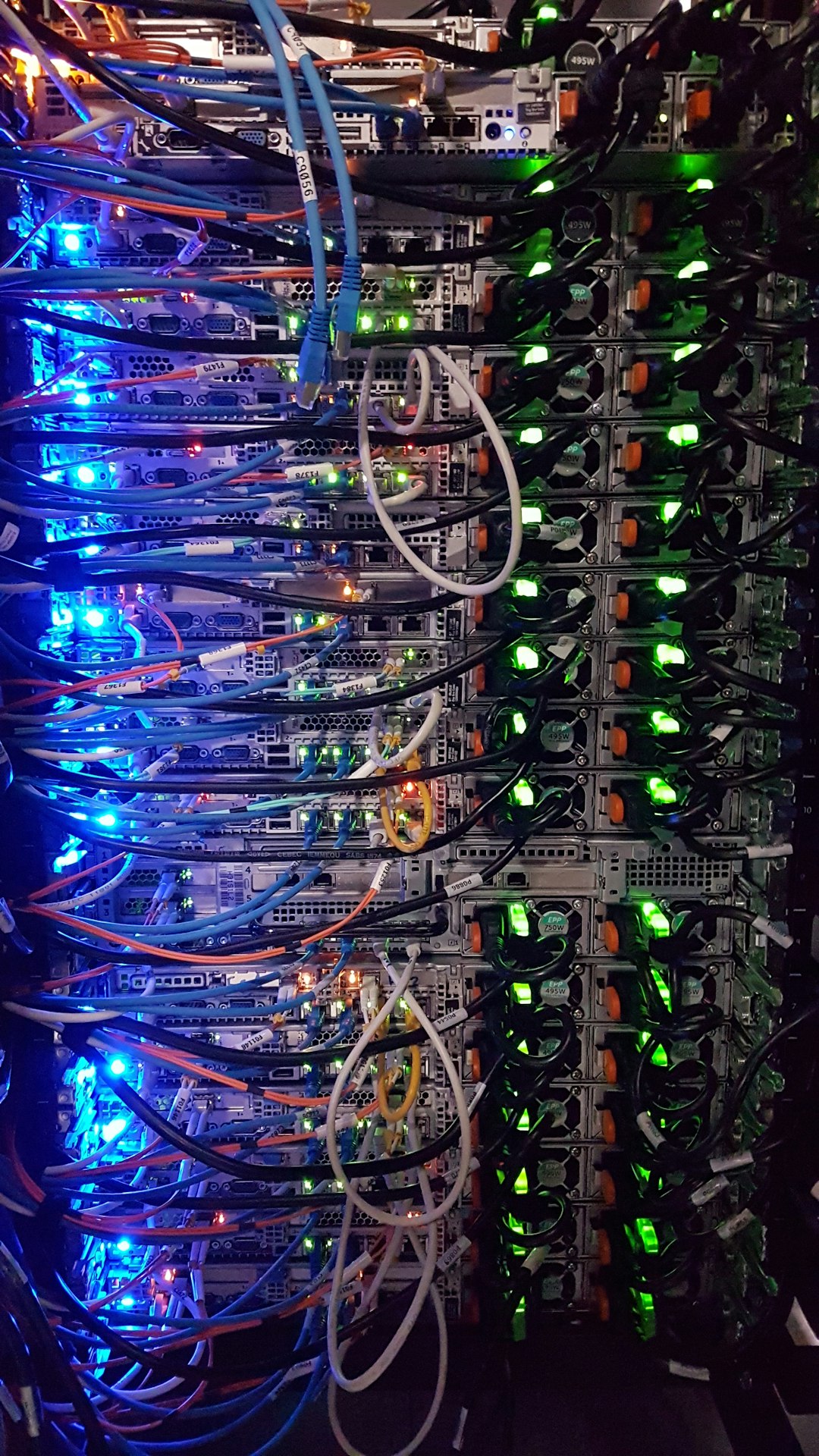
Just when our grid couldn’t get more stressed, artificial intelligence and data centers are demanding massive amounts of power. While electricity demand in the US has remained relatively flat over the past few decades, it is set to spike in the coming years due to the dramatic rise in data centers and AI, as well as demand from electric vehicles. The shortfall is driven in large part by a steep increase in projected electricity demand, with power demand sharply up since last summer, increasing at more than double the rate it did between 2023 and 2024. It’s like adding a bunch of energy-hungry teenagers to a household that’s already struggling to pay the electric bill. The expansion of the grid, including incremental interconnections to new customers like Gen-AI data centers, is creating more potential points of attack, with NERC saying the number of susceptible points on the U.S. electrical networks has been increasing by about 60 per day.
The Trillion-Dollar Price Tag for Modernization
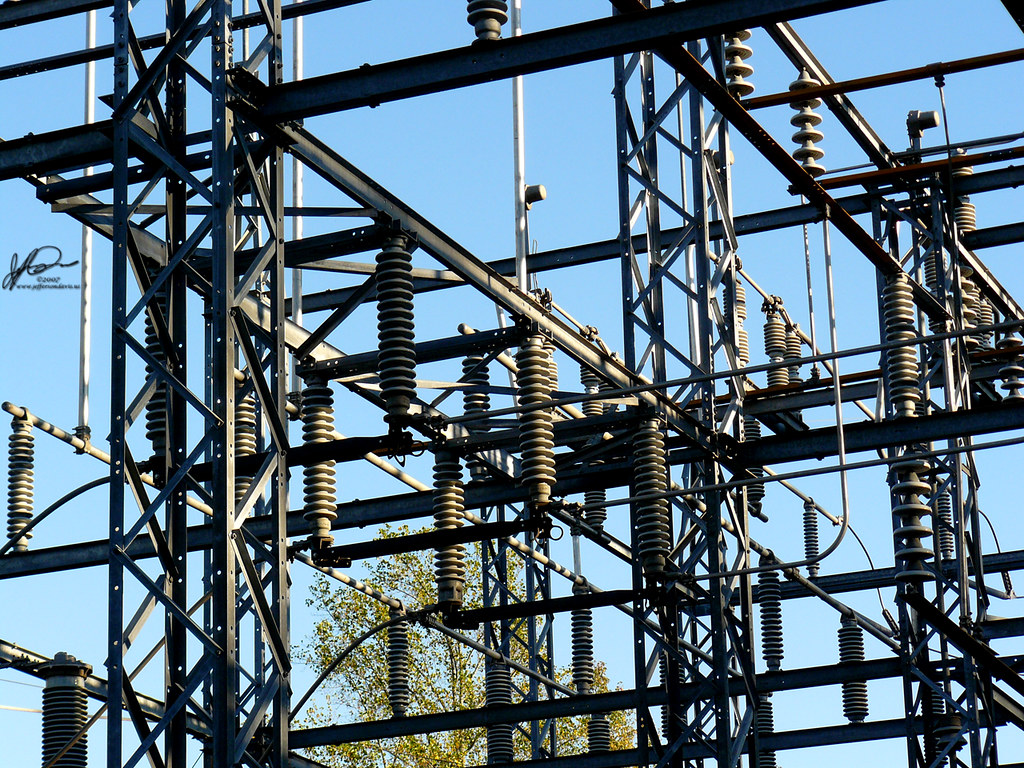
Fixing this mess won’t be cheap. Over the next three decades, upward of a hundred and forty thousand miles of transmission lines will come due for replacement, and to simply upgrade this infrastructure and maintain the status quo would require an investment of more than seven hundred billion dollars. If we were to also take into account the increase in demand anticipated from adoption of electric vehicles – a potential load growth of more than forty-five percent – the United States could be looking at a required capital investment of more than one trillion dollars by 2050. Industry experts say a massive overhaul of America’s antiquated electric infrastructure requires more than $2 trillion. That’s more money than most people can even comprehend, but the alternative – living with an increasingly unreliable grid – is far worse.
Summer 2025 Could Be a Nightmare
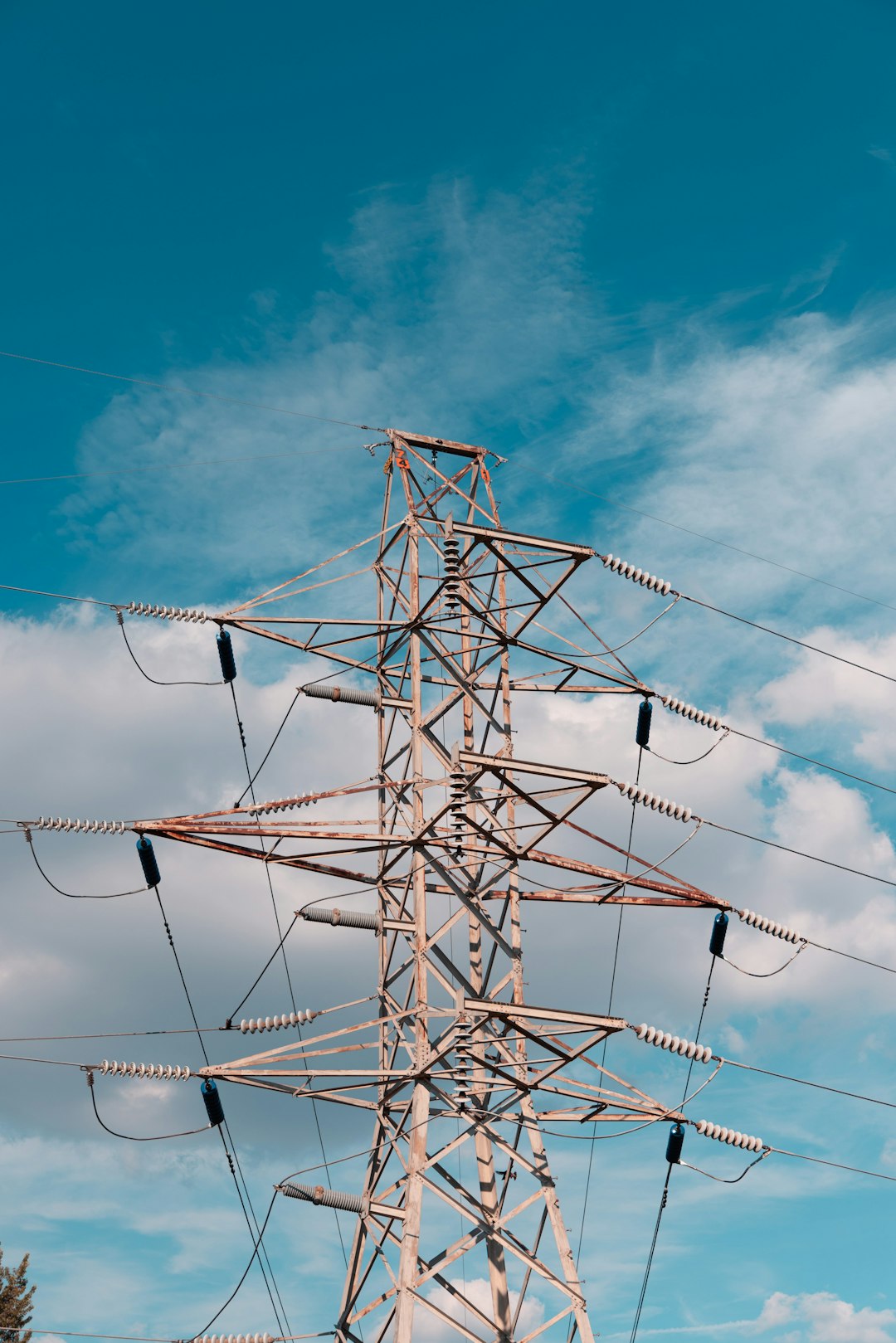
A large swath of the United States is facing a heightened risk of blackouts this summer, with the seasonal electricity forecast warning that regional power grids extending from the Upper Midwest south through Texas may lack the power needed to meet all customer needs in the event of prolonged periods of high temperatures. At the same time, aging gas and coal plants are being retired, and this is an issue for the regional power grid that serves 15 states from North Dakota to Louisiana, where there will be less power available this summer than there was last summer. With higher demand and less firm resources, that sprawling power grid “is at elevated risk of operating reserve shortfalls during periods of high demand or low resource output”. It’s like removing lifeboats from a sinking ship – not exactly the direction you want to go when the weather’s getting rougher.
Government Finally Wakes Up (Sort Of)
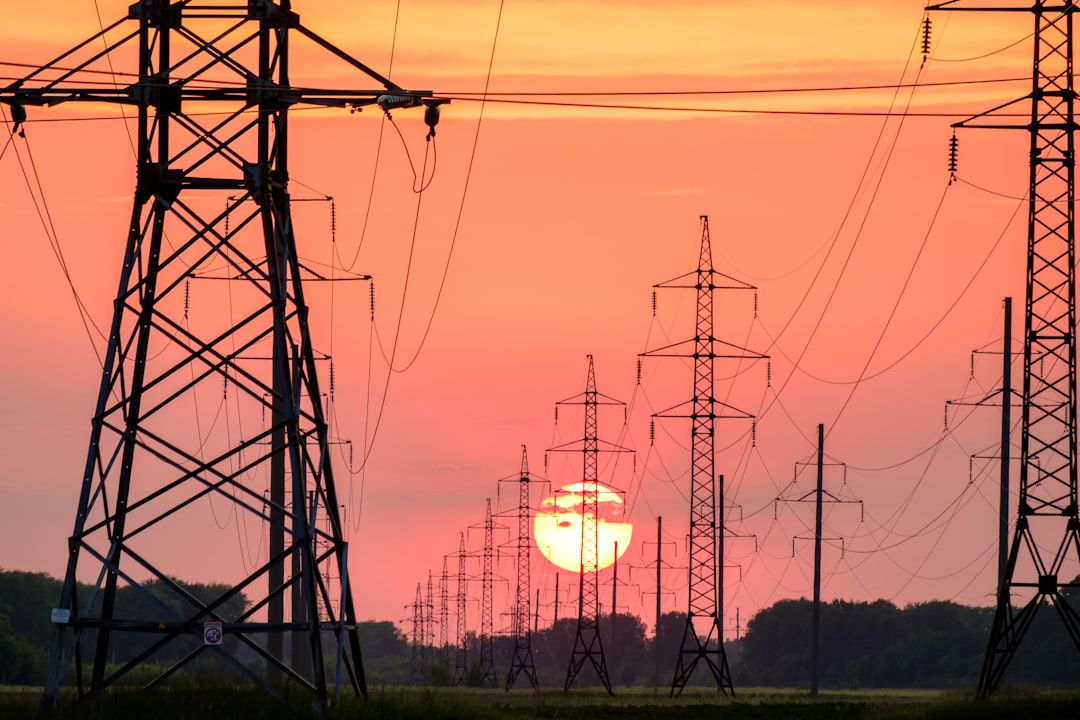
The good news is that politicians are finally starting to pay attention to this crisis. On October 18, 2023, the Department of Energy (DOE) announced up to $3.5 billion for 58 projects across 44 states to strengthen electric grid resilience and reliability across the United States, with these projects leveraging more than $8 billion in federal and private investments as part of the Grid Resilience and Innovation Partnerships (GRIP) Program. President Biden has made modernizing and strengthening the power grid one of his major infrastructure initiatives, proposing more than $100 billion in funding to upgrade and improve the US power grid. The 2021 Infrastructure Investment and Jobs Act provided $27.0 billion to the DOE to modernize the electrical grid and make it more resilient to extreme weather and resistant to cyberattacks, with the DOE creating the Grid Deployment Office and establishing several grant programs. But honestly, given the scale of the problem, these investments feel like using a garden hose to fight a forest fire.
The harsh reality is that America’s power grid isn’t just aging – it’s gasping for breath in an increasingly hostile world of extreme weather, cyber threats, and skyrocketing demand. We’re essentially playing Russian roulette with the backbone of our entire civilization, hoping it holds together just a little bit longer. The question isn’t whether our grid will face a major crisis – it’s when, and whether we’ll be ready for it. What would you do if the lights went out tomorrow and didn’t come back on for a week?

